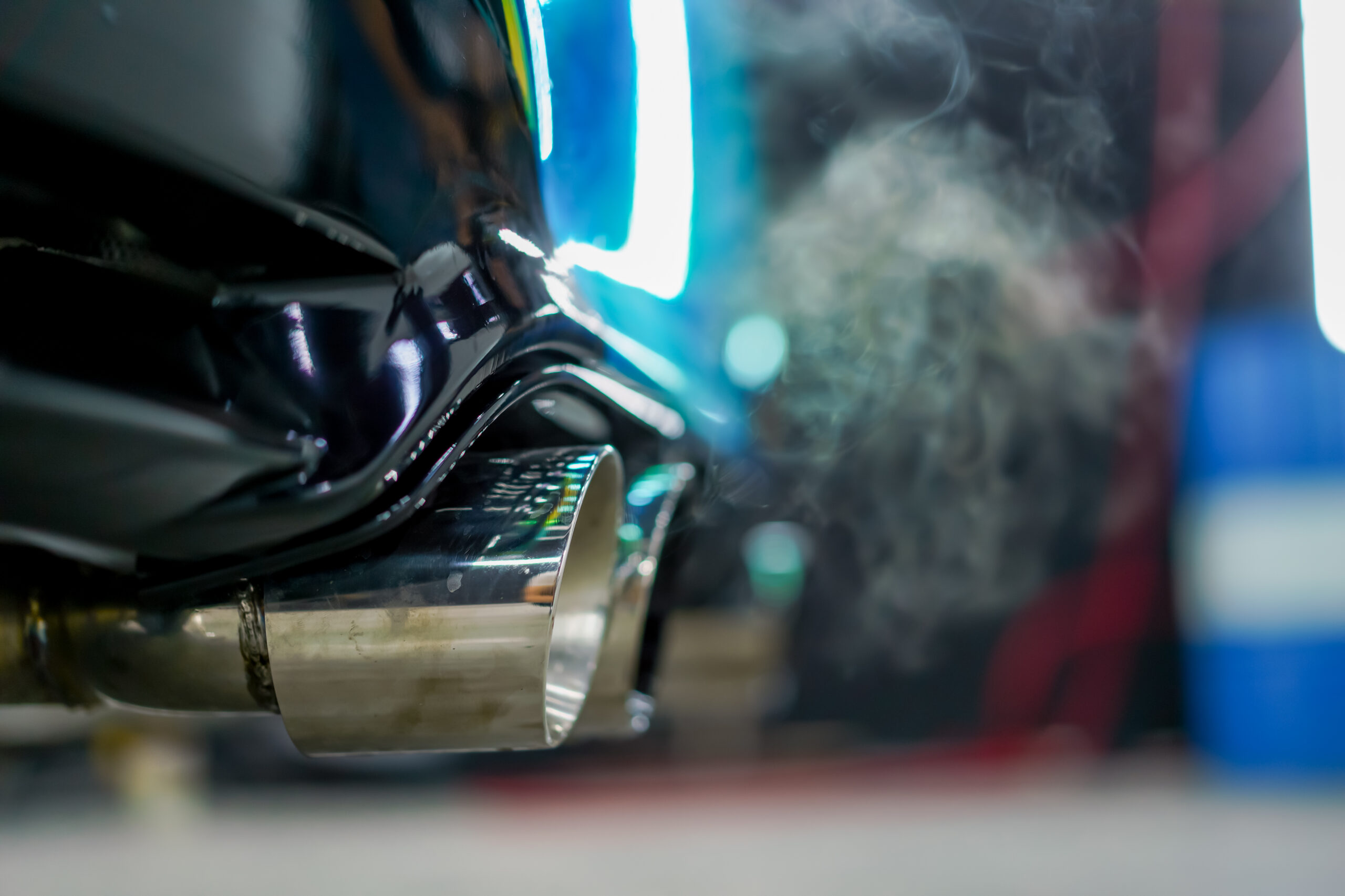Hailstorms can be sudden and severe, leaving behind a trail of damage. One of the most common casualties of these storms is your car, which can end up with dents, cracks, and even broken windows. If your vehicle has been damaged by hail, you might wonder whether you should file an insurance claim. The decision to claim hail damage on your car isn’t always straightforward, as it depends on several factors, including the extent of the damage, your insurance coverage, and potential impacts on your premiums. This article will explore these factors in detail, helping you make an informed decision.
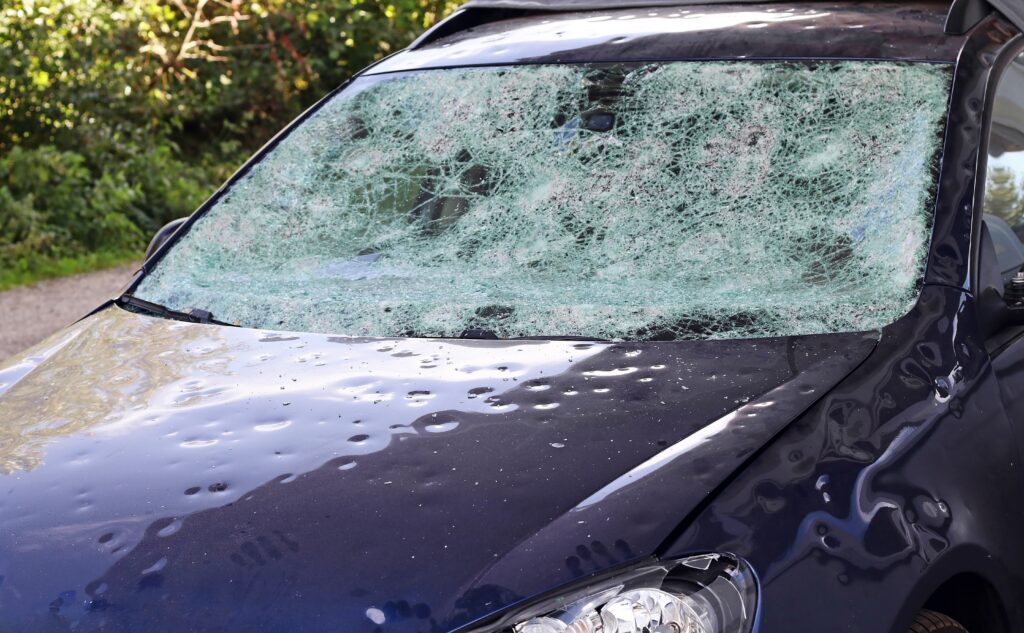
Assessing the Extent of the Damage
The first step in deciding whether to claim hail damage is to assess the severity of the damage. Hail can cause anything from minor cosmetic issues to significant structural damage. Dents and dings on the body of your car are the most common types of hail damage, but hailstones can also crack or shatter windows, damage your car’s paint job, and even affect the integrity of the roof and hood.
If the damage is primarily cosmetic, such as small dents and chips that don’t impact the car’s functionality, you might be inclined to ignore it or pay for repairs out of pocket. However, it’s essential to consider that even minor damage can decrease your vehicle’s resale value. Moreover, some damage, like chipped paint, can lead to rust and further deterioration if left untreated.
On the other hand, if the damage is more severe—such as cracked windshields, large dents, or damage that affects the operation of the vehicle—you’ll likely need to repair it sooner rather than later. In such cases, filing a claim might be the best course of action, especially if the repair costs are substantial.
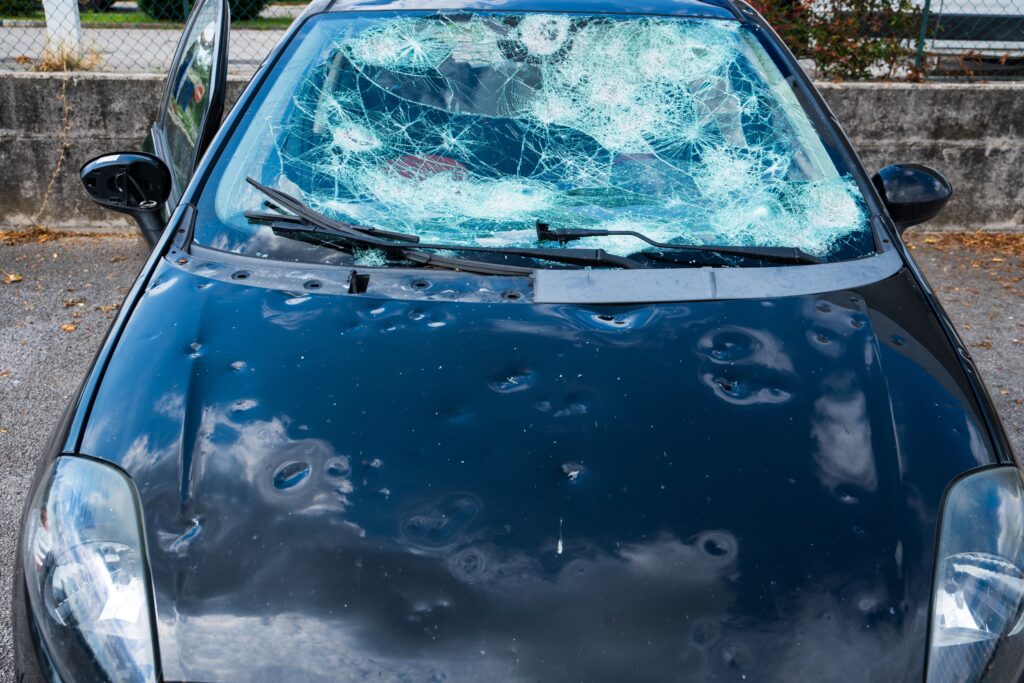
Understanding Your Insurance Coverage
Before deciding whether to file a claim, it’s crucial to understand the details of your auto insurance policy. Hail damage is typically covered under comprehensive insurance, which protects your vehicle from non-collision-related incidents like theft, vandalism, and natural disasters, including hailstorms. However, not all drivers carry comprehensive coverage, as it is an optional add-on to your standard auto insurance policy.
If you have comprehensive coverage, you’ll want to review your policy to understand your deductible—the amount you must pay out of pocket before insurance kicks in. Deductibles for comprehensive coverage typically range from $250 to $1,000 or more. If the cost of repairs is less than or only slightly more than your deductible, it may not be worth filing a claim, as you would be responsible for most of the costs anyway.
Additionally, some insurance policies have specific exclusions or limitations regarding hail damage, so it’s essential to read the fine print. For instance, your policy may only cover hail damage if it’s reported within a certain timeframe, or it may not cover the full cost of repairs for certain types of damage. Understanding these details will help you make an informed decision about whether to proceed with a claim.
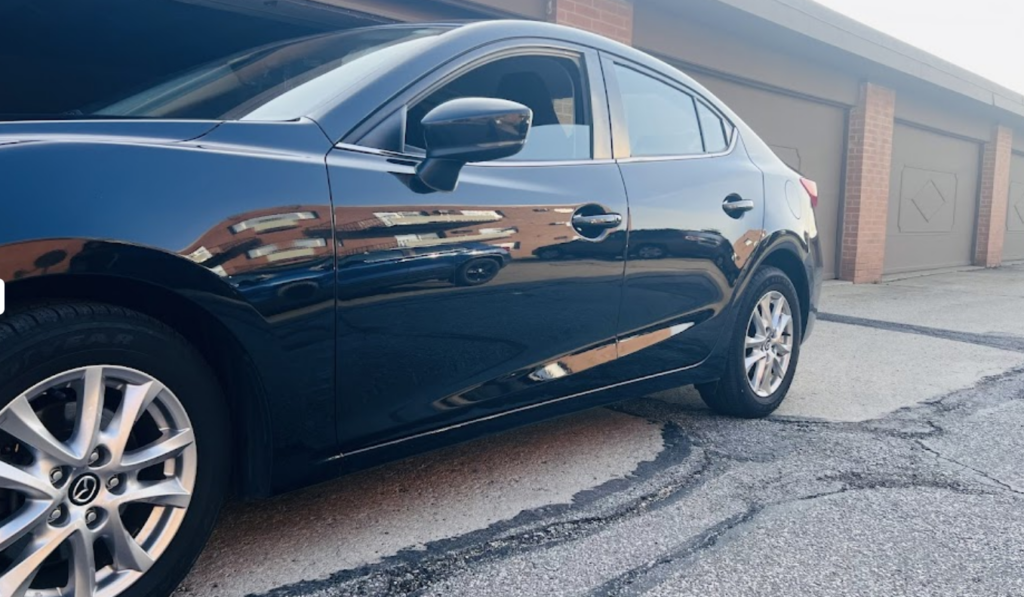
The Impact on Your Premiums
One of the most significant concerns when deciding whether to file an insurance claim is the potential impact on your premiums. Generally, filing a claim for hail damage should not affect your insurance rates as hailstorms are considered “acts of nature,” and you are not at fault. However, this is not always the case, and the impact on your premiums can vary depending on your insurance provider and your claims history.
If you have a history of multiple claims, even if they were not your fault, your insurance company might view you as a higher risk and increase your premiums accordingly. Additionally, if you live in an area prone to frequent hailstorms, your insurer may raise your rates or require a higher deductible for comprehensive coverage, even if you haven’t filed previous claims.
It’s also important to consider the long-term effects of filing a claim. While one claim may not significantly impact your premiums, multiple claims over time can lead to increased rates or even difficulty renewing your policy. If the hail damage is minor, you might decide it’s not worth the potential risk to your future premiums.
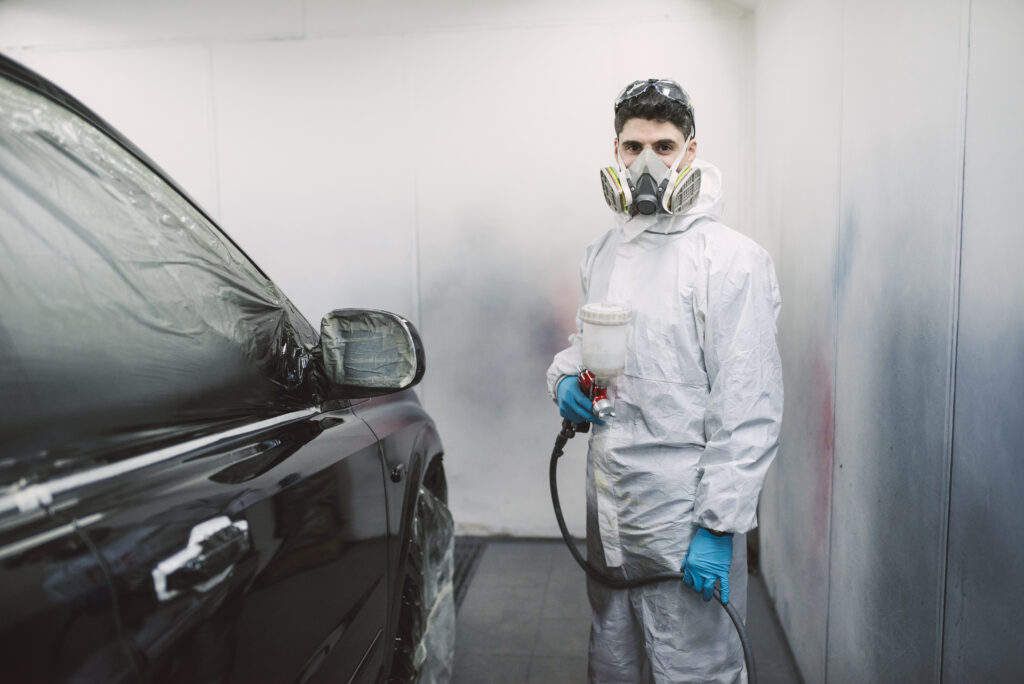
Alternative Options: Repairing Without a Claim
If you’re hesitant to file an insurance claim for hail damage, you have a few alternative options. One approach is to pay for the repairs out of pocket. This might be feasible if the damage is minor and the repair costs are manageable. By paying out of pocket, you avoid the potential impact on your insurance premiums and keep your claims history clean.
Another option is to take a “wait and see” approach. If the damage is primarily cosmetic and doesn’t affect your car’s operation, you might choose to delay repairs until you’re ready to sell or trade in the vehicle. Keep in mind, however, that delaying repairs can lead to further damage, such as rust or deterioration, which could increase repair costs down the line.
Some drivers also choose to use paintless dent repair (PDR) for minor hail damage. PDR is a cost-effective and minimally invasive technique that can remove small dents without the need for repainting. This method is particularly suitable for newer cars with minor hail damage and can often be done at a fraction of the cost of traditional repairs.

How to File a Hail Damage Claim
If you decide that filing a claim is the best course of action, it’s important to know the steps involved in the process. Here’s a brief overview of what you can expect when filing a hail damage claim:
- Document the Damage: Before doing anything else, take detailed photos of the hail damage from multiple angles. This documentation will be crucial when filing your claim and working with insurance adjusters.
- Contact Your Insurance Company: Notify your insurance company of the damage as soon as possible. Some policies have specific time limits for reporting hail damage, so it’s essential to act quickly.
- Schedule an Inspection: Your insurance company will likely send an adjuster to inspect the damage. The adjuster will assess the extent of the damage and provide an estimate for the repairs.
- Get Repair Estimates: While the insurance adjuster will provide an estimate, it’s a good idea to get multiple estimates from reputable auto body shops. This ensures that you’re getting a fair assessment and helps you choose a repair shop that meets your needs.
- Proceed with Repairs: Once the claim is approved, you can proceed with the repairs. Depending on your policy, the insurance company may pay the repair shop directly or reimburse you after you’ve paid for the repairs.
- Pay the Deductible: Remember that you’ll need to pay your deductible before the insurance coverage kicks in. Make sure you’re prepared for this expense when planning your repairs.

Conclusion: Should You Claim Hail Damage on Your Car?
Deciding whether to claim hail damage on your car depends on several factors, including the extent of the damage, your insurance coverage, the potential impact on your premiums, and your personal financial situation. While comprehensive coverage can provide valuable protection and peace of mind, it’s essential to weigh the costs and benefits before filing a claim.
If the damage is minor and repair costs are low, you might choose to pay out of pocket to avoid potential increases in your insurance premiums. However, if the damage is significant, filing a claim can help you cover the costs and ensure that your vehicle is restored to its pre-damage condition.
At Wickliffe Auto Body, we understand the challenges of dealing with hail damage and the importance of making the right decision for your situation. Our experienced professionals are here to provide expert advice, quality repairs, and exceptional customer service. Whether you choose to file a claim or pay for repairs out of pocket, we’re here to help you get your car back on the road quickly and safely.

